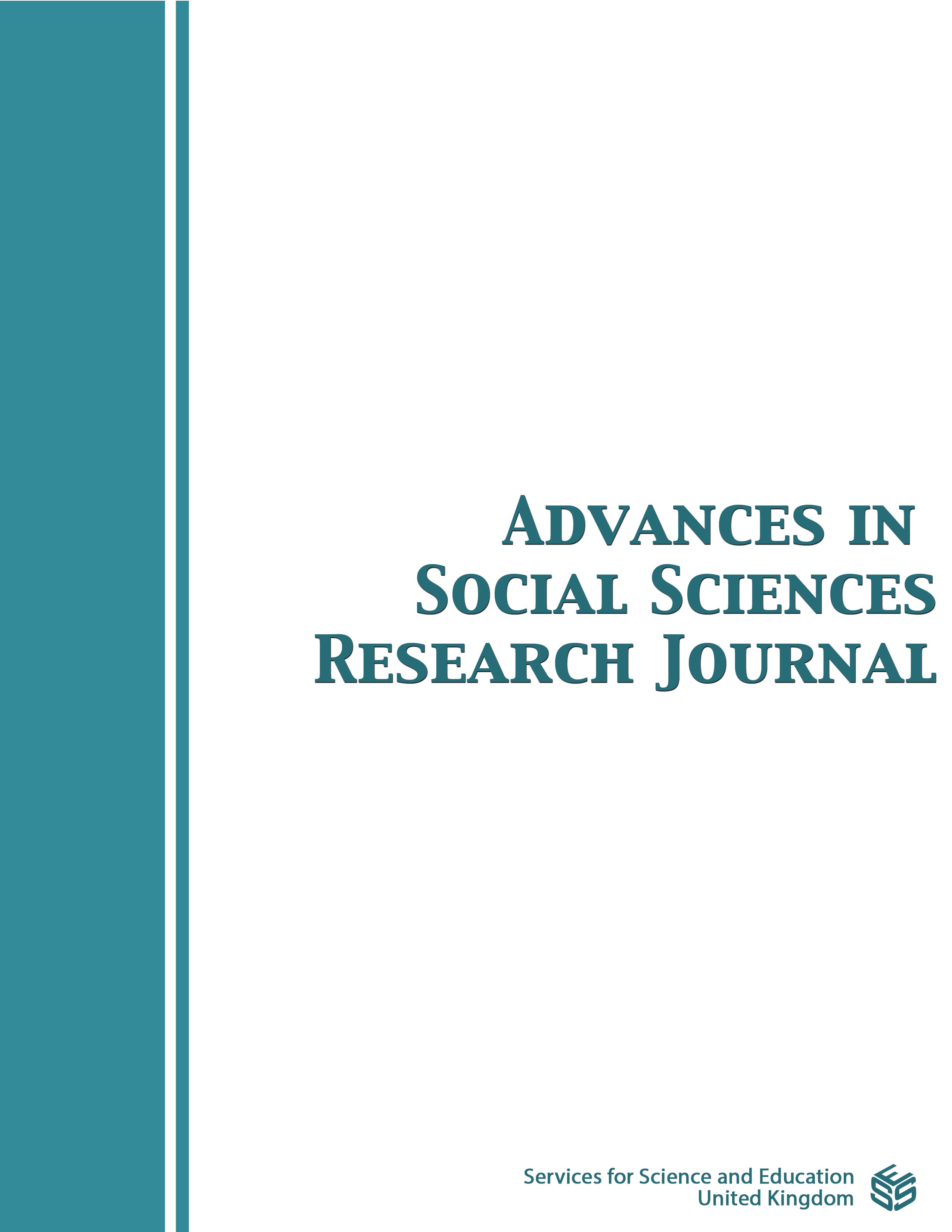Capital Adequacy Ratio and Factors Determinant Study on Islamic Rural Bank in Indonesia
DOI:
https://doi.org/10.14738/assrj.912.13511Keywords:
Capital adequacy ratio, profitabilitas, financing to deposit ratio, non-performing financingAbstract
Capital for banks is very important because it serves as a reserve to cover if the bank suffers a loss, so the government determines bank capital as measured by a minimum capital adequacy ratio (CAR) of 8%. The purpose of this study was to examine the factors that affect the capital adequacy ratio (CAR). Factors thought to influence CAR are profitability measured by return on assets (ROA), liquidity risk measured by financing to deposit ratio (FDR), financing risk measured by non-performing financing (NPF), operating risk as measured by operating expense to operating income ratio (OEIR), bank size (SIZE) as measured by the natural log of total assets. The population of this research is Islamic Rural Banks (IRBs) in Indonesia as many as 165 banks with a sample of 75 banks. Observation period for 6 years (2016-2021) with quarterly data. To test the hypothesis, a panel data regression analysis tool was used. After testing the model, it turns out that the best model is the fixed effect model. The results of the research using the fixed affect model show that profitability and operating risk (OEIR) have no effect on CAR, while financing risk (NPF) has a significant but positive effect. While FDR has a significant and negative effect on CAR and Size has a significant and positive effect on CAR.
Downloads
Published
How to Cite
Issue
Section
License
Copyright (c) 2022 Bagus Panuntun, Sutrisno

This work is licensed under a Creative Commons Attribution 4.0 International License.
Authors wishing to include figures, tables, or text passages that have already been published elsewhere are required to obtain permission from the copyright owner(s) for both the print and online format and to include evidence that such permission has been granted when submitting their papers. Any material received without such evidence will be assumed to originate from the authors.






